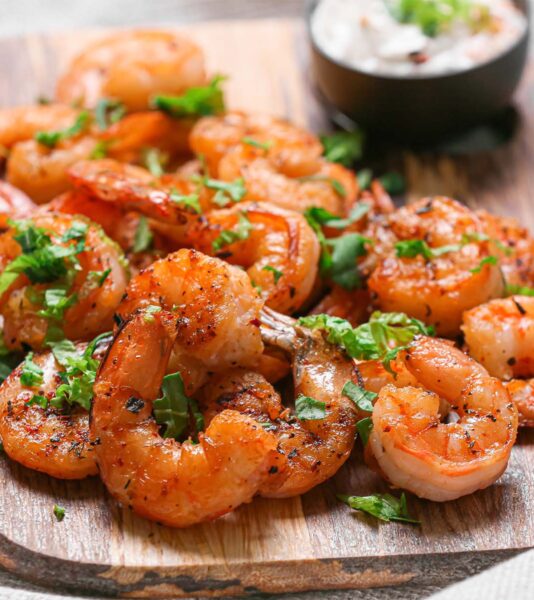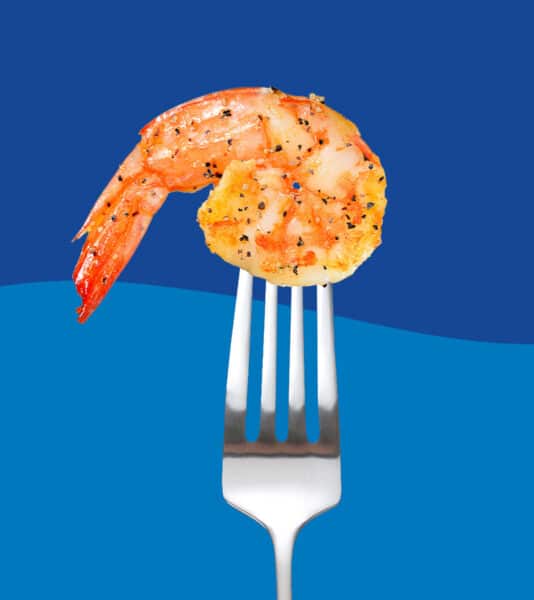For many consumers, the New Year delivers a renewed focus on strengthening healthy habits. It’s a trend that gathered steam during the pandemic and continues today. Consumers are aiming to promote personal wellness, and healthy eating—including seafood in the diet—are “part of that plan,” according to the Institute of Food Technologists.
It’s no wonder. “Seafood is a healthy food choice, providing key nutrients and healthy protein for everyone from infants to adults,” explain NOAA Fisheries. The 2020-2025 Dietary Guidelines for Americans advise healthy adults to eat at least 8 oz. per week (typically 2 servings). There is room for improvement, as the Guidelines note that nearly 9 out of 10 adults miss this target.
Seafood – a healthy choice for wellness
Wellness as a major consumer trend has many dimensions. According to McKinsey & Company, the wellness landscape incudes ideas such as health, fitness, nutrition, appearance, sleep, and mindfulness. Consumers indeed connect healthy eating with many of these attributes.
The 2023 Food and Health Survey from the International Food Information Council (IFIC) revealed that more than 6 in 10 consumers said healthfulness is “a key driver” in their choices of foods and beverages. Top attributes that consumers perceive as making a food “healthy” are: fresh, low in sugar, good source of protein, natural, and good source of nutrients, the survey revealed.
What’s more, surveyors found that “roughly half of Americans have followed an eating pattern or diet in the past year.” Their eating plans, ranked by frequency, were:
- high-protein (18%),
- mindful eating (17%)
- calorie-counting (12%)
- clean eating (12%), and
- intermittent fasting (12%).
Even when it comes to mindfulness and mental health, almost 3 in 4 Americans believe the food and beverages they consume have a “significant or moderate impact on their overall mental and emotional well-being,” reports IFIC.
It’s interesting to note that some research suggests seafood may boost mood, and may also support cognitive health. Seafood also features in evidenced-based healthy eating plans such as the Mediterranean Diet.
Shelf-stable fish – new image
Foodservice operations are taking notice that shelf-stable or “tinned” fish is gaining traction. “Canned fish was once looked at as cheap or inferior food, but…now people realize how good it really is. The fish usually get harvested at the perfect time and are canned immediately. It’s as fresh as someone can get without actually eating freshly caught fish,” explains Restaurant Hospitality. An abundance of omega-3 fatty acids definitely adds to the desirability of shelf-stable fish, they add.
As the New Year launches, seafood such as Chicken of the Sea shelf-stable tuna and salmon, high-protein choices rich in nutrients, could be a resource for innovative menu planning. Connect with consumers with a trending menu ingredient, and you can also tune into their wellness goals. To learn more about seafood nutrition, visit the free continuing education course, Advances in Seafood Nutrition, at tunaversity.com. Happy New Year!








